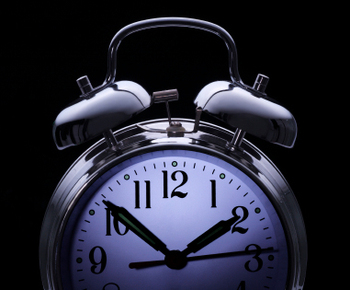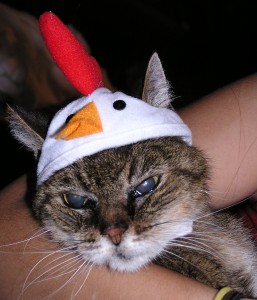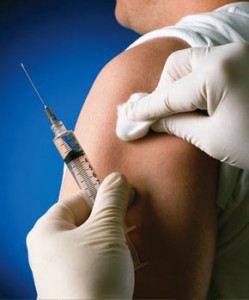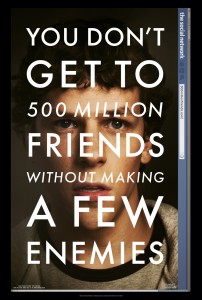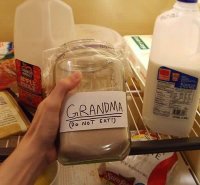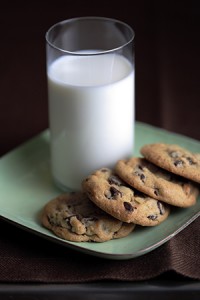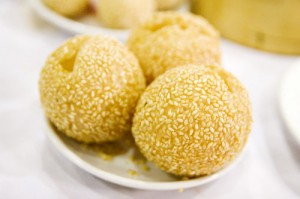See something. Say something…something nice.
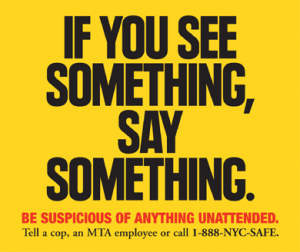 While stopping through several airports recently, I was struck by how many of the usual poster ads had been replaced by the public awarness campaign, “If You See Something, Say Something.” After the September 11th attack, the New York subways and bus stops were plastered with these signs, but I didn’t realize it was a national campaign by the Department of Homeland Security.
While stopping through several airports recently, I was struck by how many of the usual poster ads had been replaced by the public awarness campaign, “If You See Something, Say Something.” After the September 11th attack, the New York subways and bus stops were plastered with these signs, but I didn’t realize it was a national campaign by the Department of Homeland Security.
The premise of the program is to empower citizens to identify and report possible threats of terrorism or crime to law enforcement officials. This applies to anything suspicious, from an unattended package to shifty-looking behavior. This is contrary to the apathetic nature of jaded New Yorkers who tend to turn a blind eye to any number of transgressions that don’t directly affect them. I’m reminded of the tragic story of Kitty Genovese, the woman whose 1964 murder was witnessed by 38 bystanders who did nothing to help her during the attack.
However, I think this new crusade is working because a New York street vendor actually said something this past spring; he reported a suspicious vehicle to an NYPD officer, and thwarted a car bombing in Times Square. In this case, saying something saved lives. Sometimes the impact may not be as extraordinary, but it can still be significant.
One of my daughter’s new friends saw something and said something to me I didn’t expect. She and her family had recently moved to our land-of-four-seasons from the warm south. When visiting our home, she complimented us on the bright red, orange and yellow leaves scattered about our yard. We had not yet had time to rake this fall season, but the girl thought the yard looked lovely with all the brilliantly colored leaves blanketing the lawn. While I have always loved the season’s color changes, up until that point, I had just thought of the littered leaves as a nuisance instead of a thing of beauty.
Some other friends were at our house a couple of weeks ago. We served sodas for our casual get together using a collection of large plastic cups we have acquired from some of our favorite Texas hometown restaurants: Bill Miller’s BBQ, What-a-Burger, Rudy’s BBQ, and of course, our best-loved Tex-Mex fast food joint, Taco Cabana. We joke that this is our “fine glassware,” but these cups are special to us because they remind us of home. What I didn’t expect is how much one of our friends actually liked the cups and commented that he wanted to start his own collection just like ours. Had he not said anything, we would never have known that we had struck this common, albeit a little goofy, chord.
So let’s take Homeland Security’s campaign to heart, but with a less ominous twist. If you see something you appreciate, find interesting, that makes you happy, or just makes you stop and think…say something. How often do we witness an act of kindness and fail to acknowledge it? Maybe your neighbor brings your newspaper to your porch, or your daughter saves the last cookie for her brother. Perhaps you notice your friend’s new haircut but don’t take the time to offer a compliment. Or maybe you see someone who needs encouragement, like the embarrassed parents of the screaming newborn, who are receiving all the dirty looks on the airplane.
Don’t be silent. Speak up. A few thoughtful words can help someone feel better, change their attitude, give them hope. And it doesn’t cost you a thing. If you see something, say something.
